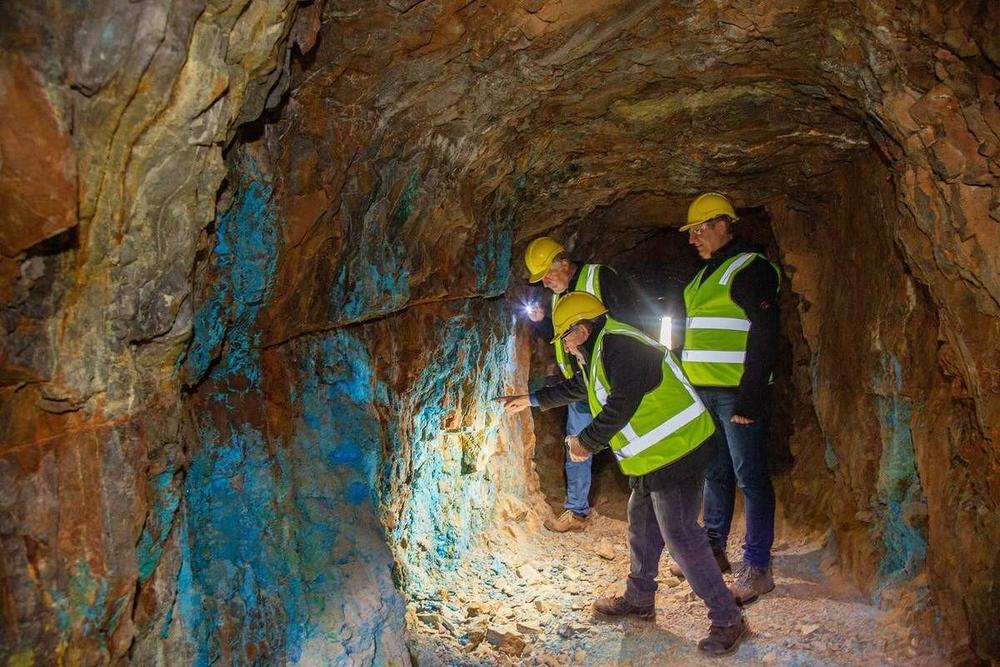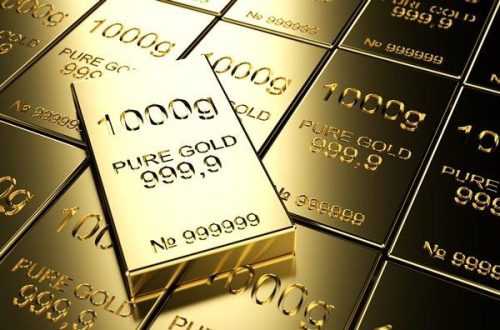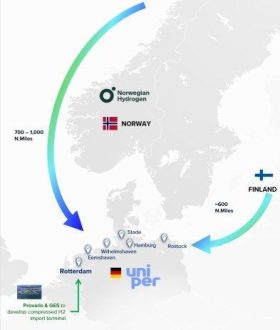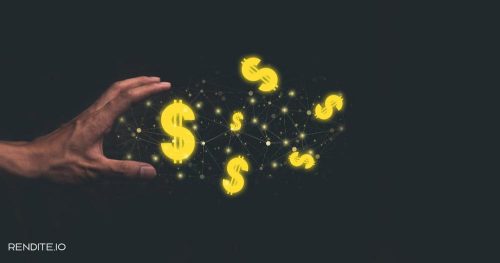
Why tin is an important raw material
There are very few tin reserves in Europe. The largest reserves in Germany are in the Ore Mountains. Zinc mining began there as early as the 13th century. In general, it is assumed that demand will increase and that there will therefore be a deficit in the future. Tin is used in the 5G sector, in electric vehicles, in tin chemicals, in lead-acid batteries and in food cans. It is the circuit boards in electromobility and green energy supply that can only be produced with the help of large quantities of solder.
It is a silvery-white shiny and very soft heavy metal. Formerly used in tableware production, it is now an indispensable component, especially in electric soldering. The trend is moving away from tin-lead solders to lead-free solders with tin components. This alone will ensure an increase in tin demand. The largest tin consumers include China, the USA, Japan, Europe and Asia. Tin is used as an alloying component, for example with copper. This produces bronze. To extract the metal, the ore is crushed, undergoes various processes and is then reduced with carbon. Heating then allows the tin to flow off. Today, tin is also extracted by electrolysis, also through recycling.
Incidentally, First Tin – https://www.youtube.com/watch?v=bomWcs8Y8Vg – is represented in Germany, for example, and also in Australia. The company’s tin specialists are focused on soon becoming a tin supplier in conflict-free jurisdictions with low political risk. Within three years, two advanced and low-investment tin mines are expected to begin operations.
Tin One Resources‘ tin projects are located in Tasmania and New South Wales in Australia. High-grade drill results and historical resource estimates in the prospective tin and gold portfolio are available.
Current corporate information and press releases from First Tin (- https://www.resource-capital.ch/en/companies/first-tin-plc/ -).
In accordance with §34 WpHG I would like to point out that partners, authors and employees may hold shares in the respective companies addressed and thus a possible conflict of interest exists. No guarantee for the translation into English. Only the German version of this news is valid.
Disclaimer: The information provided does not represent any form of recommendation or advice. Express reference is made to the risks in securities trading. No liability can be accepted for any damage arising from the use of this blog. I would like to point out that shares and especially warrant investments are always associated with risk. The total loss of the invested capital cannot be excluded. All information and sources are carefully researched. However, no guarantee is given for the correctness of all contents. Despite the greatest care, I expressly reserve the right to make errors, especially with regard to figures and prices. The information contained herein is taken from sources believed to be reliable, but in no way claims to be accurate or complete. Due to court decisions, the contents of linked external sites are also co-responsible (e.g. Landgericht Hamburg, in the decision of 12.05.1998 – 312 O 85/98), as long as there is no explicit dissociation from them. Despite careful control of the content, I do not assume liability for the content of linked external pages. The respective operators are exclusively responsible for their content. The disclaimer of Swiss Resource Capital AG also applies: https://www.resource-capital.ch/en/disclaimer/
Swiss Resource Capital AG
Poststrasse 1
CH9100 Herisau
Telefon: +41 (71) 354-8501
Telefax: +41 (71) 560-4271
http://www.resource-capital.ch
Telefon: +49 (2983) 974041
E-Mail: info@js-research.de
![]()




